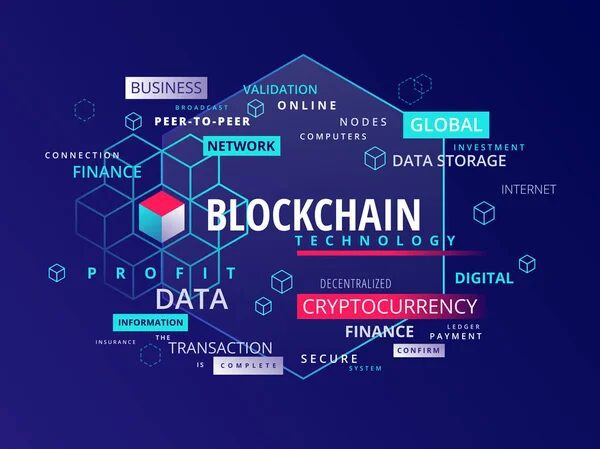Blockchain technology, often hailed as the backbone of cryptocurrency, has emerged as a transformative technology over the past few years.
Its decentralized nature and ability to record transactions in a secure and transparent manner differentiate it from traditional databases, marking it as an essential development in the world of finance and beyond.
Understanding Blockchain Technology
At its heart, blockchain operates on a distributed ledger that facilitates peer-to-peer transactions without the need for a central authority.
This decentralized ledger is maintained across multiple computers or nodes, ensuring transparency and making it virtually impossible for a single entity to manipulate the data.
Each transaction, which records transactions on the blockchain, is verified by a consensus mechanism, such as proof of work (PoW) or proof of stake (PoS), making every transaction not only secure but also an integral part of the digital ledger.
The Role of Smart Contracts

Smart contracts, or self-executing contracts, are a pivotal innovation brought forth by blockchain technology, offering automated solutions across various sectors. Here’s how they stand out:
Automated Enforcement
Automatically execute the terms of a contract when predefined conditions are met, eliminating the need for intermediaries.
Streamlined Processes
Significantly reduce paperwork and administrative overhead, making transactions faster and more efficient.
Enhanced Security
Encoded with cryptographic hash offer a higher level of security against fraud and unauthorized access.
Increased Transparency
Every party involved in the contract has access to the terms and conditions, ensuring complete transparency.
Versatile Applications
From finance and insurance to supply chain management and beyond are versatile in their application.
These features of smart contracts highlight their role in not just enhancing the efficiency and security of transactions but also in extending the transformative impact of blockchain technology beyond the realm of digital currencies, particularly in their ability to validate transactions.
Blockchain and Supply Chain Management


When it comes to supplying chain management, blockchain offers unparalleled benefits in transparency and security.
Recording transactions in a transparent manner, it allows all parties within the chain to track the movement of goods in real-time, thereby conducting transactions securely, reducing the risk of fraud and improving efficiency.
Challenges and Future of Blockchain
Despite its transformative potential, blockchain technology encounters several challenges:
- Scalability: The current infrastructure can struggle with processing a high volume of transactions quickly and cost-effectively.
- Energy Consumption: The process of mining, especially with proof of work (PoW), is energy-intensive, raising environmental concerns.
- Miners Compete: To solve complex mathematical puzzles, consuming significant amounts of electricity.
- Sustainability Concerns: The environmental impact of high energy consumption challenges the long-term viability of certain blockchain implementations.
The future of blockchain is promising, with continuous innovation aimed at overcoming current limitations.
As the technology continues to evolve, its application is expected to expand beyond cryptocurrency and finance, impacting various industries in a secure and transparent manner.
Conclusion
Understanding blockchain technology, with its ability to facilitate secure, transparent transactions without intermediaries, stands as the backbone of cryptocurrency and a beacon of transformative technology.
As nodes across the network agree on the validity of transactions, blockchain’s decentralized ledger reinforces the importance of transparency and security in the digital age.
With its scalability challenges being addressed, blockchain’s potential to revolutionize traditional databases, ensuring transparency and security across transactions, is more tangible than ever.

